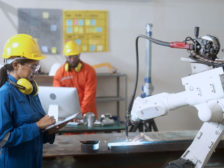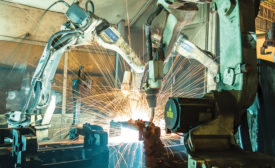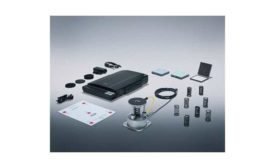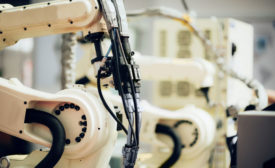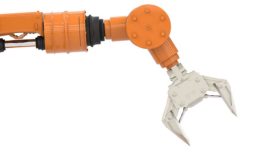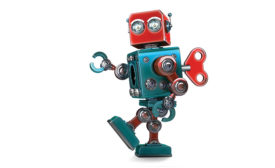Home » robotic safety
Articles Tagged with ''robotic safety''
Managing air quality in weld cells
In robotic welding environments, fume levels rise as production volume increases
April 30, 2019
Welding robots are on the rise
What’s your strategy? Evaluate risks and select the right safeguarding systems
April 8, 2019
The new Pilz PROBms, robot measurement system
New force and pressure measurement system, PROBms, guarantees the standard-compliant safety of human robot collaboration (HRC)
August 1, 2018
Become a Leader in Safety Culture
Build your knowledge with ISHN, covering key safety, health and industrial hygiene news, products, and trends.
JOIN TODAYCopyright ©2025. All Rights Reserved BNP Media.
Design, CMS, Hosting & Web Development :: ePublishing
